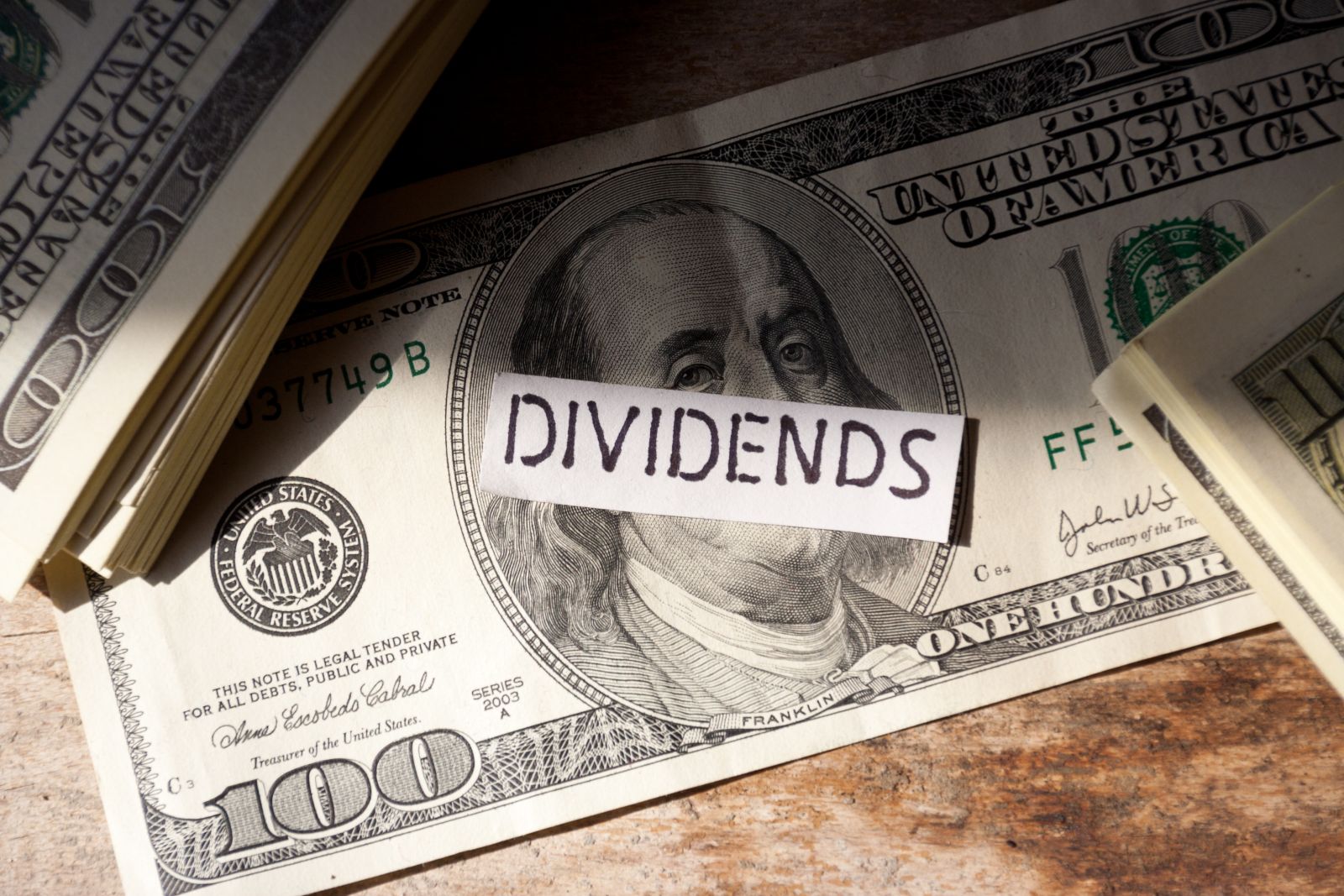
Usually, stocks that have a high dividend yield score low on capital appreciation. In fact, quite often, stocks with fat dividends tend to underperform the broader markets - or worse, deliver negative returns, before accounting for the dividends.
That said, Citigroup Inc. (C) is one stock that has an annual dividend yield of nearly 4%, and could double from these levels, according to one analyst. Here’s the investment thesis for C stock, and a look at whether the stock is a buy for its dividend and expected capital growth.
Citi Shares Have Underperformed
To be sure, Citi is a long-term underperformer, and the stock is up a mere 12.7% over the last 10 years. It is up 15.3% this year, and while the returns trail those of the S&P 500 Index ($SPX), banks in general have underperformed in 2024, with the S&P Bank ETF (KBE) up just about 15.3%, as well.

Citi has battled multiple issues over the last decade. Its international operations were not performing as well as expected, which - coupled with high overall expenses - took a toll on its profit margins. Its return ratios have also been quite low compared to its peers.
The company had a complex management structure, and the headcount was also bloated. To make things worse, it has been in the crosshairs of regulators multiple times – with the most recent instance being in July, when it was fined $136 million for failing to fix issues related to data management.
What makes that fine even more troublesome for investors is that Citi was supposed to fix these issues after the Fed fined it $400 million in 2020 for "ongoing deficiencies" in risk management and data controls. However, the Fed said that Citi made "insufficient progress" on the set milestones, and imposed yet another fine on the bank. In an apparent reaction to that incident, Citi has now said that its chief operating officer, Anand Selva, who was looking after the data program, will now share that responsibility with its technology head Tim Ryan.
Jane Fraser Has Been Trying to Turn Around Citi
In 2020, Jane Fraser became Citi’s CEO, and has since been trying to turn around the bank. Fraser has been quite clear that the bank's transformation will last for many years, and results won’t be linear. She has also admitted that a lot of work still has to be done in some fields. As part of the transformation, Citi announced its exit from consumer banking in several international markets, laid off employees, and simplified the management structure to make the company a lot more agile and transparent.
The company expects its cost-cut measures to eventually lead to annualized cost savings between $2 billion to $2.5 billion. It is working to improve its return on total capital employed (ROTCE) to between 11%-12% over the medium term – versus the 7.2% that it had in Q2.
Wells Fargo Expects Citi Stock to Double
Earlier this month, Wells Fargo bank analyst Mike Mayo named Citi as a top pick in the banking sector, and argued that the stock could double over the next two and a half years just by rising to its tangible book value.
Citi had a tangible book value of $87.53 at the end of June, and the value should rise gradually every quarter. Mayo expects Citi’s earnings to double between 2023 and 2026, which should also help support a recovery in Citi’s stock price. Notably, the gap between Citi’s tangible book value and stock price has narrowed, and if the company can show ongoing progress in its transformation, the gap should eventually be bridged.
While banks generally trade at a premium to their book value, and trading below book is a sign of undervaluation, Citi has been trading at a discount to book value for quite some time. The bank’s profitability and return ratios – which have a significant impact on valuations – are quite low compared to its peers, which have dampened its valuation multiples.
Sell-side analysts are also bullish on Citi, and it has a consensus rating of “Moderate Buy” from the 22 analysts covering the stock. Its mean target price of $70.59 is 19% higher than Tuesday’s closing prices.

Citi’s Dividend Yield is Almost 4%
During the Q2 earnings call, Citi announced that it would increase its quarterly dividend by 6% to $0.56, which implies a forward dividend yield of 3.8%. The company’s dividend yield is higher than its large-cap banking peers, like Wells Fargo (WFC), JPMorgan Chase (JPM), and Bank of America (BAC).
I believe Citi’s turnaround remains a work in progress, but it's progressing in the right direction. While the pace might seem slow, during the Q2 earnings call, Fraser candidly admitted that unlike in the past, the third largest U.S. bank by assets is no longer implementing “band-aids” and is instead addressing issues structurally.
While Citi has seen some rerating over the last year, it still has more room to run as its valuations play catch-up with those of its peers. The ball, however, lies in the court of Fraser and Co., who have to deliver on the transformation.
On the date of publication, Mohit Oberoi had a position in: C . All information and data in this article is solely for informational purposes. For more information please view the Barchart Disclosure Policy here.!["[T]he First and Fifth Amendments Require ICE to Provide Information About the Whereabouts of a Detained Person"](https://images.inkl.com/s3/publisher/cover/212/reason-cover.png?w=600)






